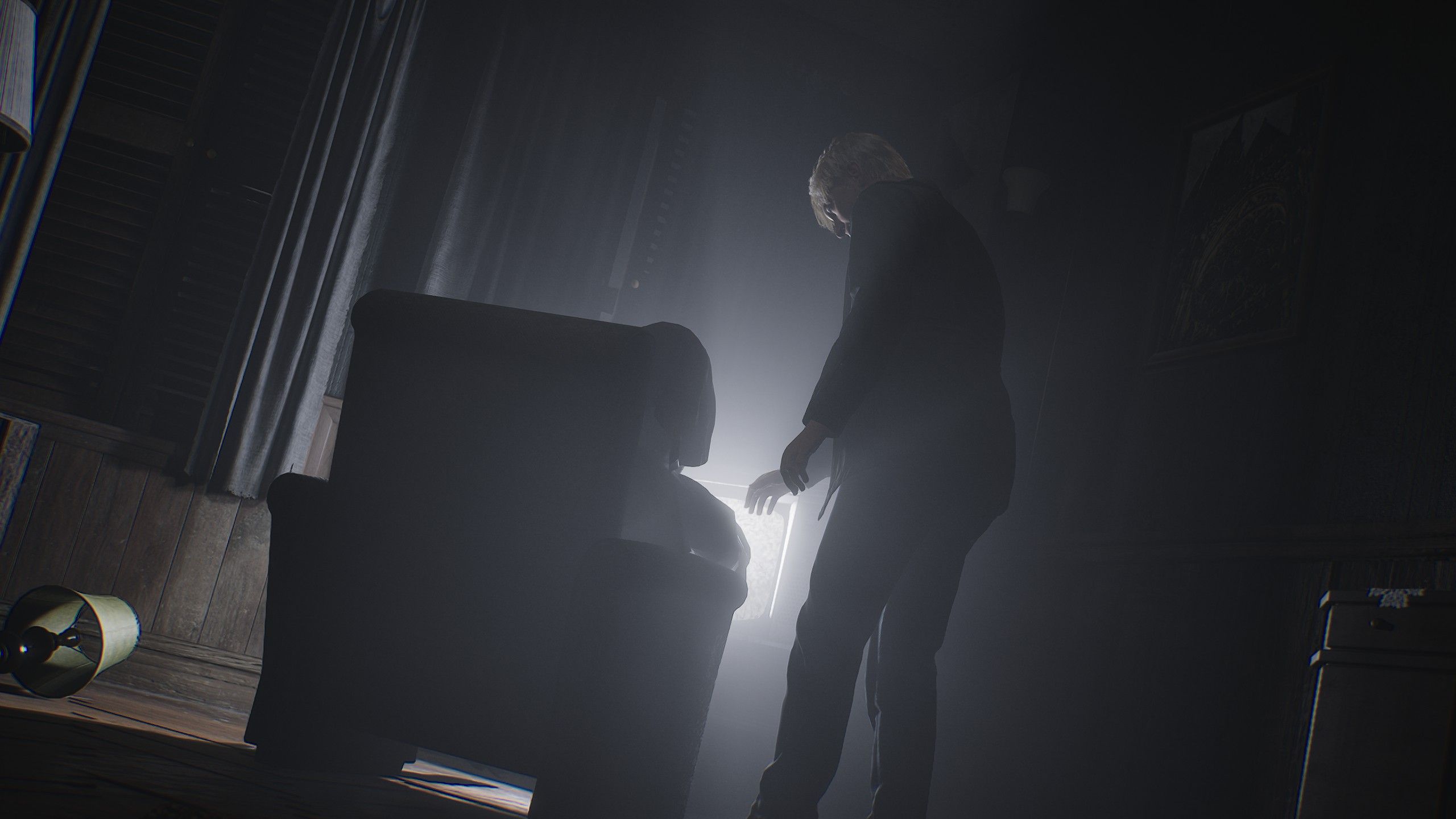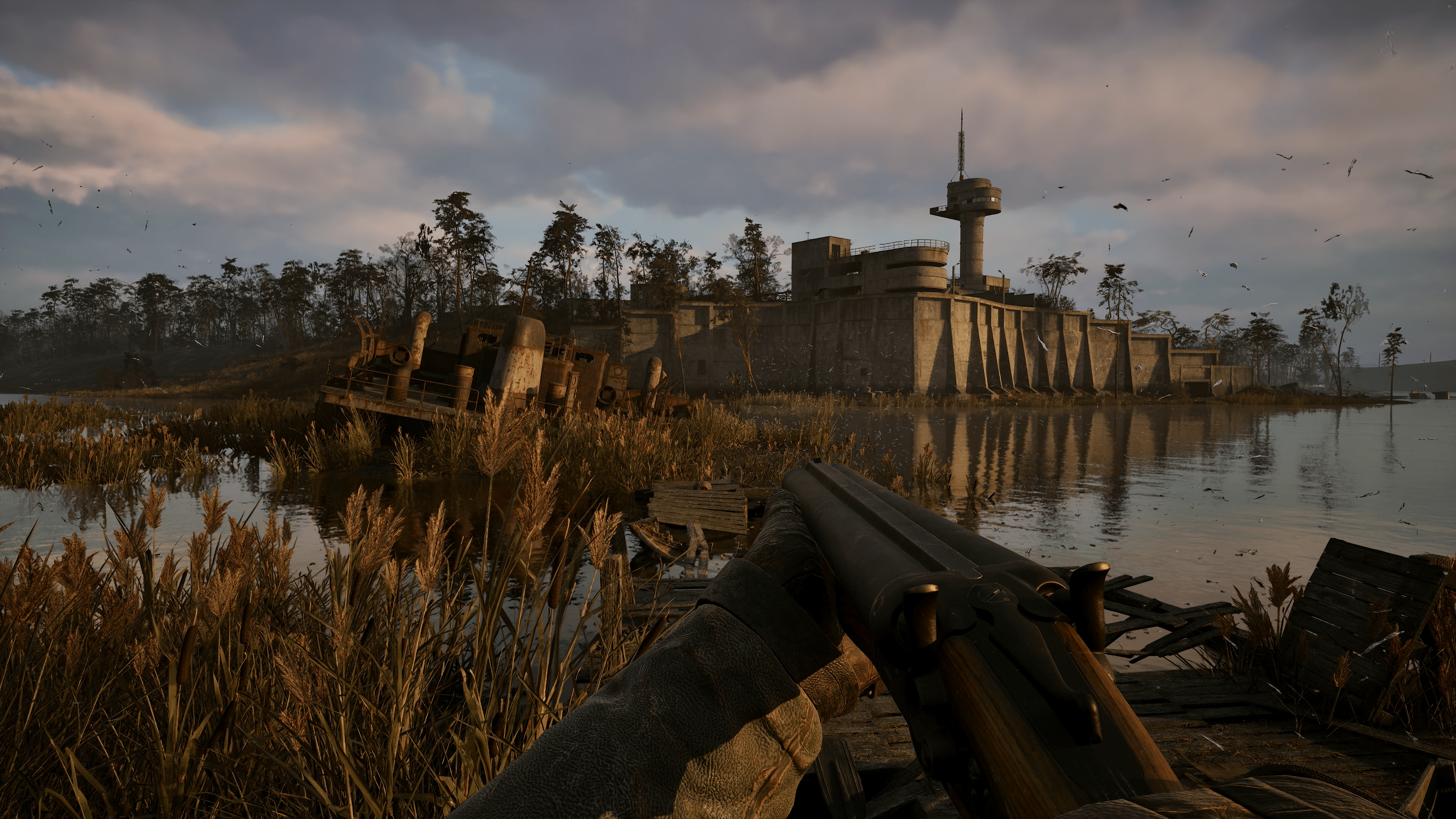
Cataclismo: The First Preview
Digital Sun’s previous outings, The Mageseeker and Moonlighter, were both fun games, but Moonlighter delighted me not only with its quality, but also its unusual genre combination. In this, Cataclismo is shaping up to be quite the worthy successor. While Moonlighter was half classic Legend of Zelda and half shopkeep simulator, Cataclismo is half tower defense and half base-building real-time strategy (with base-building inspired by LEGO). It’s also loads of fun, based on the hours I’ve already spent playing it. If the studio nails the landing with the full release, I’ll be spending far more time in its eerily charming world.
While a combination of base building, resource gathering, and RTS combat might not seem unusual, Cataclismo stands apart because of both the precise, granular control you have over building your base, and a ‘tower defense’ feel created by your units, which automatically attack approaching enemies.
Set in a world where a magical mist covers the land, transforming humans into pale, misshapen horrors, the surviving remnants of humanity have fled to the highest reaches of the world, taking refuge atop mountain peaks. Building and rebuilding structures and defenses during the day, and defending the last remaining strongholds from waves of horrors each night, Cataclismo simultaneously expands upon and streamlines the base-building process, trans forming the tedium sometimes associated with builders into an almost zen-like flow state, letting you get right to the fun; crafting bases and getting to battle.
Cataclismo stands apart because of both the precise, granular control you have over building your base.
You’ll slowly build your base, gathering resources you’ll use to construct your defenses brick by brick, focusing on whatever gives you the advantage you need at the time. Walls of stone are much stronger than wood, and the higher the wall, the more resilient it is. You’ll need to gather stone, wood, iron, and even oxygen, but it’s all very easy to grasp and manage, with clear indicators and notifications for what you need and whether your resources are growing or dwindling.
Although you’ll build structures piece by piece, and frequently need to address multiple types of resource shortages on longer missions (or during Endless mode), the UI and controls are sleek and easy to manage, ensuring there is little to no friction between what you want to do, and your ability to do it. If you can dream it, you can do it.
Another big part of Cataclismo’s approachability, which extends even to combat, is the inclusion of time controls. You can pause at any time and, provided you have the resources available (and there are no horrors closeby), build any type of structure you like. Recycle a misplaced brick or even entire structures, taking their resources and putting them to better use elsewhere. Even in the heat of battle, I’ve built walkways to help my troops scale the keep’s outer wall, giving my archers bonus damage from the added height, letting a small force of five take out a wave of 20 horrors or more. Beyond pausing, you can also speed time up if you are in a good place and want to train new troops or gather resources more quickly. Buildings like Shacks, Barracks, and more will build themselves automatically once you place them, and speeding up time hastens their completion, too. You can even use the ‘trigger next wave’ button to skip the rest of a day if you feel you are already prepared for the wave of horrors coming at nightfall.
Higher structures need stronger bases, meaning you’ll want to start with stone, then build bridges and gap-crossing structures out of wood. Once you have more stone, and unlock new blueprints, you’ll be able to build more elaborate (and more durable) structures, meaning you’ll need fewer troops to defend them. You’ll often come across ruins with stone you can’t destroy, but they provide great opportunities to gain a tactical advantage if you supplement them with your own stone and wood. Between these ruins, some initially unreachable cliffs, and broken down bridges, Cataclismo kept my focus and interest, pulling me forward with the promise of new challenges, new puzzles, and new ways to use what I had learned.
With a pause button, it let me enjoy strategizing without the stress I experience playing many other tower defense-style games.
Combat takes place automatically, with units attacking enemies on their own, based on their own attack ranges. Archers like having the high ground, and they specialize in single target damage, while other units like Plunkers like to be on the same level as enemies, they are more durable, and they deal area damage. Because of this, and the damage bonuses they get from being in their preferred position, it can be obvious who you need to put where, but you’ll need to construct your defenses to let you actually use them to their full potential. Thankfully, with a pause button, it let me enjoy strategizing without the stress I experience playing many other tower defense-style games.
Beyond unlocking units, new LEGO-like pieces to use for construction, unit abilities, buildings, and other enhancements, you can also upgrade the protagonist. Iris, th e hero unit central to the story, gains magical new ‘Arte’ abilities as you go along in the campaign or Endless survival mode, expanding her arsenal of abilities to include different types of attacks, summon temporary ghostly echoes of soldiers for bursts of offense, and even debuffs nearby enemies. She can also learn to shield buildings from damage, or cause them to deal recoil damage to attackers, and that’s not all. Endless mode rewards you with unlock points after each night you survive, and the campaign seems to unlock them at key story moments, including a limited but powerful ability to go back in time, meaning even if you make an error, it doesn’t have to be the end of an Endless run or campaign mission.
Voice acting and writing are solid, and the worldbuilding, atmosphere, and music work well together to create a sense of place. Combined with the charmingly stylized visuals evocative of games like Death’s Door and Massive Chalice and some of the music similar to early Diablo, Cataclismo is shaping up to deliver the goods.
From the three campaign missions I played as part of this preview, I’m interested to watch Iris embark on a journey to try to undo the damage caused by the titular ‘Cataclismo,’ and see her powers grow, and I am itching to return to Endless Mode (which is waiting on my other monitor as I finish writing this). While the campaign has, so far, provided fun opportunities to explore with a fixed number of troops in focused encounters on smaller maps, Endless mode gives you the bones of a stronghold with openings on four sides.
Slowly ramping up the waves of assault from an increasing number of sides, with more and deadlier enemies, I had to expand in the right ways – taking land and resources, but only so far as I was able to keep defending them. The push and pull is a delight. With so much going for it, and a menu sporting Skirmish and Creative mode, Level Editor, and Community Levels, Cataclismo has lots of potential. Digital Sun has done a great job of making such a deeply customizable experience approachable, even to those new to building games, which is one of its greatest strengths. If you want to dip your toes into the genre, this seems a great way to do it. I can’t wait to play more.






